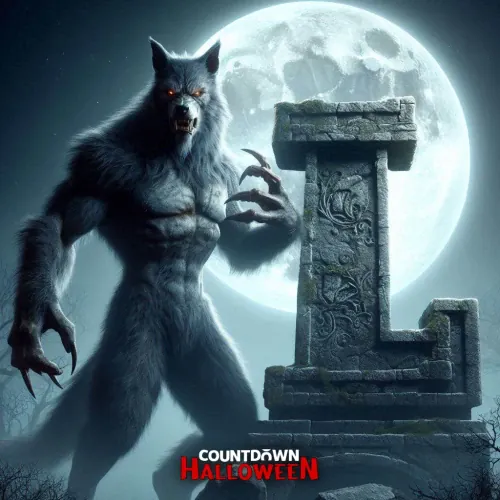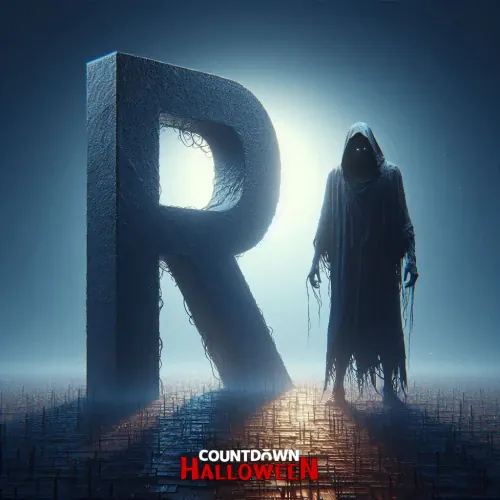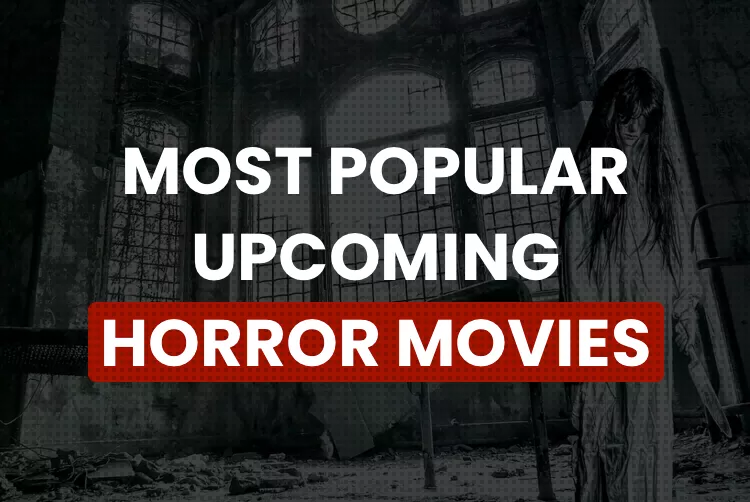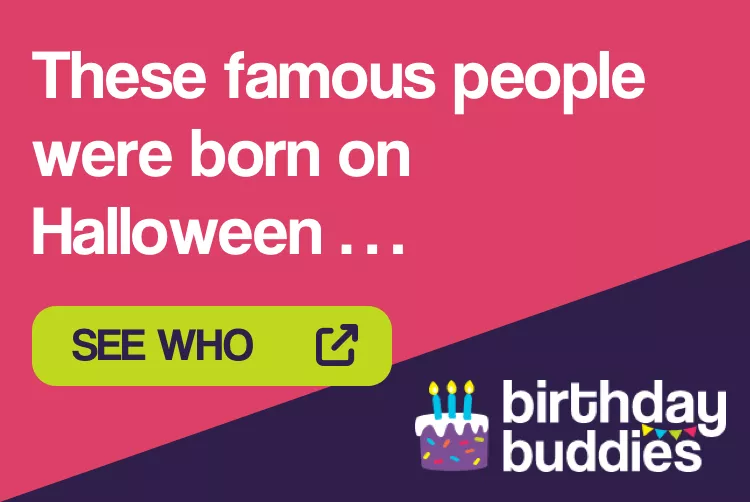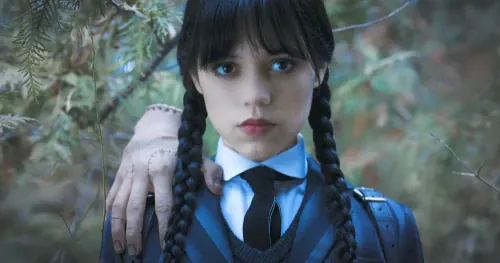You may have heard of some of the creatures but for others there's a description
Written 28th June 2024 | Subscribe to our Halloween newsletter
In the dim corners of folklore and the darkest recesses of our imaginations lie creatures that haunt our dreams and stir primal fears. From the bone-chilling allure of vampires to the spine-tingling mystery of the yeti, the world of scary creatures spans cultures and centuries, weaving tales of terror and fascination.
Join us on a journey through an A-Z exploration of these mythical beasts, where each letter unveils a new specter, each tale unveils a new shiver down the spine, and each legend reminds us why some fears are timeless.
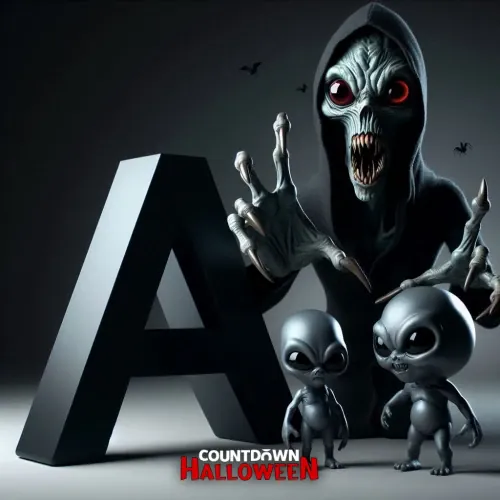
A - Alien
An alien typically refers to a hypothetical or fictional being from outer space, often in the context of science fiction. It's used to describe creatures or beings that originate from planets or realms beyond Earth. In broader terms, it can also refer to anything unfamiliar or foreign to a particular environment or context.
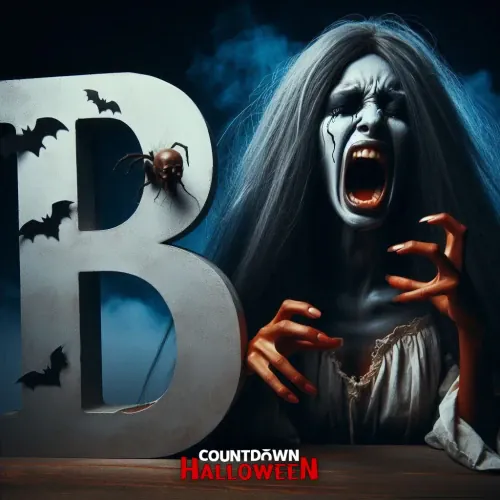
B - Banshee
A banshee is a supernatural being from Irish folklore, often depicted as a female spirit or fairy. Banshees are known for their chilling wails or screams, which are believed to foretell or signify the imminent death of a family member. In Irish mythology, they are considered omens of death, particularly for members of ancient Irish families or clans. Traditionally, banshees are associated with certain families and are said to appear near or around the homes of those about to die, mourning or warning of the impending loss.
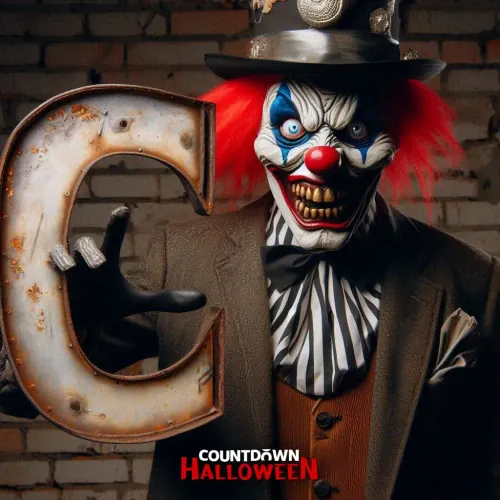
C - Clown
A scary clown, often depicted in horror films and stories, is a character that combines the jovial appearance of a clown with unsettling or menacing behavior. These clowns are typically characterized by exaggerated makeup, oversized costumes, and eerie facial expressions designed to evoke fear rather than joy. They often appear unexpectedly, lurking in shadows or behaving unpredictably, which adds to their frightening nature. Scary clowns have become a popular trope in horror culture, playing on the contrast between the traditionally cheerful image of clowns and the fear they can instill when portrayed in a more sinister light.
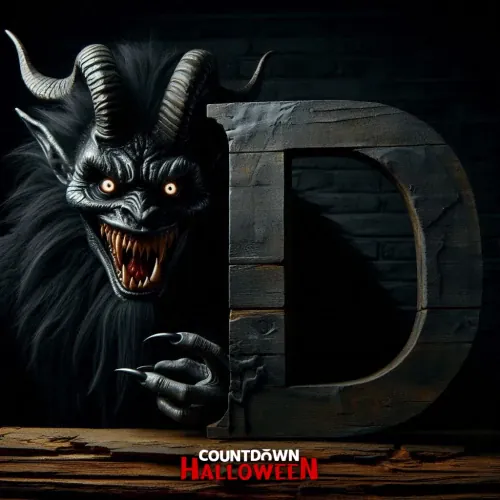
D - Demon
A demon is a supernatural being, typically depicted as malevolent and often associated with evil or malevolent forces. The concept of demons spans various cultures and religions, each with their own interpretations and characteristics. In general, demons are believed to be spiritual entities that can possess individuals, inflict harm, and create chaos. They are often portrayed as entities that tempt humans towards immoral or sinful behavior.
In religious contexts such as Christianity, Judaism, Islam, and others, demons are considered fallen angels or spirits who rebelled against divine authority. They are seen as adversaries to gods or deities and seek to undermine or oppose divine will. In folklore and mythology worldwide, demons may appear in various forms and serve different roles, from tormentors to tricksters.
The portrayal of demons in literature, art, and popular culture varies widely, ranging from terrifying and grotesque beings to more nuanced and complex characters. They often embody humanity's fears, desires, and the darker aspects of the human psyche.
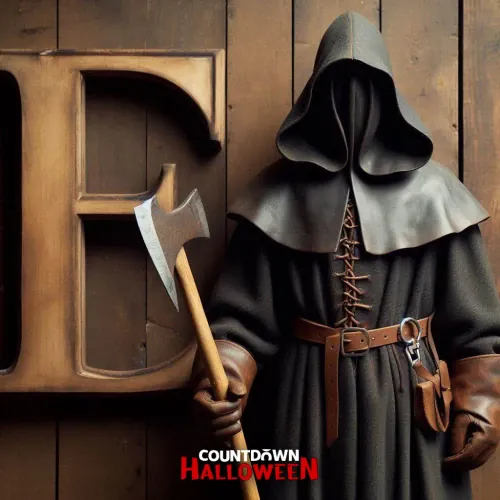
E - Executioner
An executioner is a person responsible for carrying out the death penalty on individuals condemned by a legal authority. Historically, executioners have played a significant role in judicial systems, particularly during periods when capital punishment was a common practice.
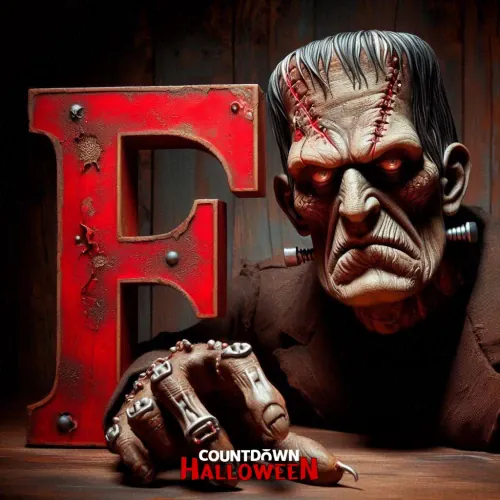
F - Frankenstein
Frankenstein is a seminal character from Mary Shelley's 1818 novel "Frankenstein; or, The Modern Prometheus." The term "Frankenstein" is often mistakenly used to refer to the creature created by the scientist, but it actually refers to Victor Frankenstein, the scientist himself. We're jumping on the mistaken bandwagon here and applying F to the monster.
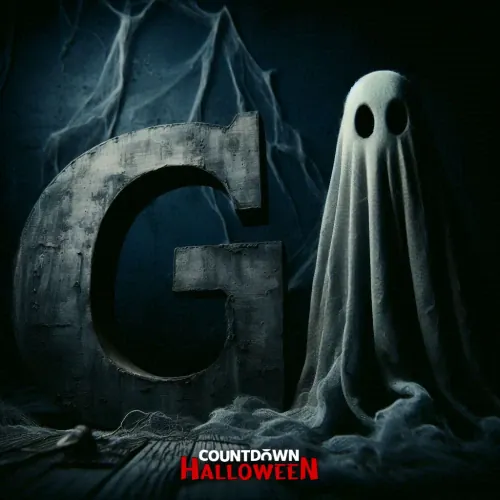
G - Ghost
A ghost is typically understood as the spirit or soul of a deceased person that appears to the living. The concept of ghosts is prevalent in various cultures and is often associated with haunting, the supernatural, and the afterlife.
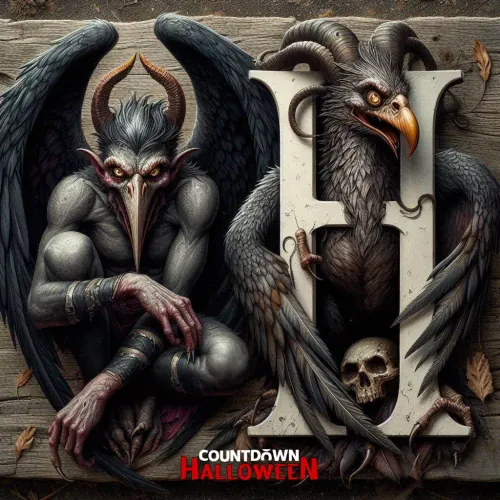
H - Harpy
A harpy is a mythological creature from ancient Greek and Roman mythology, often depicted as a winged spirit or monster with the body of a bird and the face of a woman. Harpies are typically associated with storm winds and are known for their speed and voraciousness.
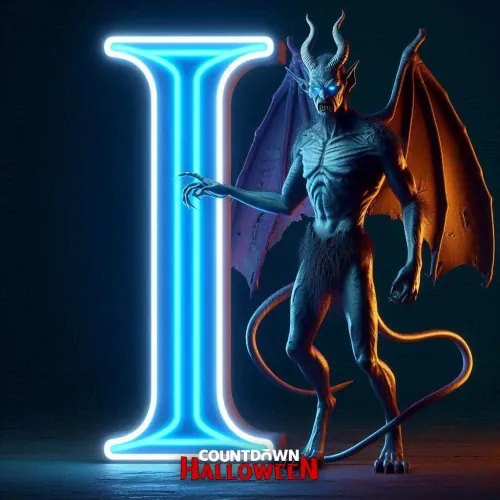
I - Incubus
An incubus is a male demon or supernatural entity that, according to folklore and myth, lies upon sleeping women to engage in sexual activity with them. The female counterpart to the incubus is the succubus.
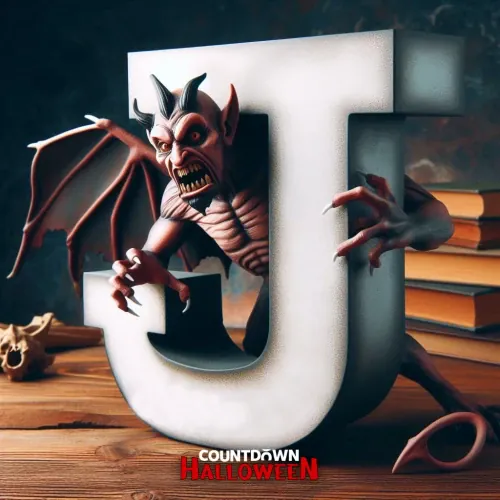
J - Jersey Devil
The Jersey Devil is a legendary creature from American folklore, specifically associated with the Pine Barrens region of southern New Jersey. The creature has been part of local legend since the 18th century and is a well-known figure in cryptozoology and urban legends.
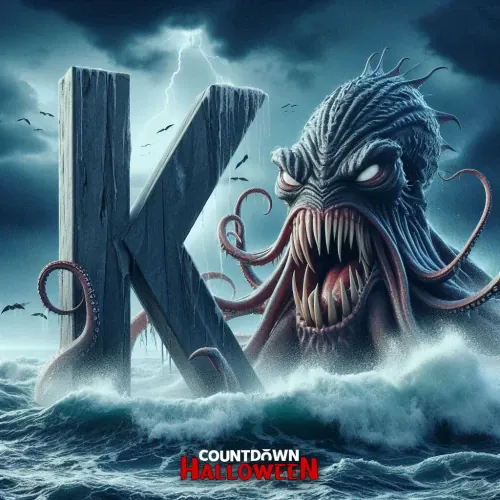
K - Kraken
The Kraken is a legendary sea monster from Scandinavian folklore, often depicted as a gigantic octopus or squid-like creature capable of dragging entire ships and their crews into the ocean's depths. The myth of the Kraken has been a staple of nautical legends and has inspired various works of literature, film, and popular culture.
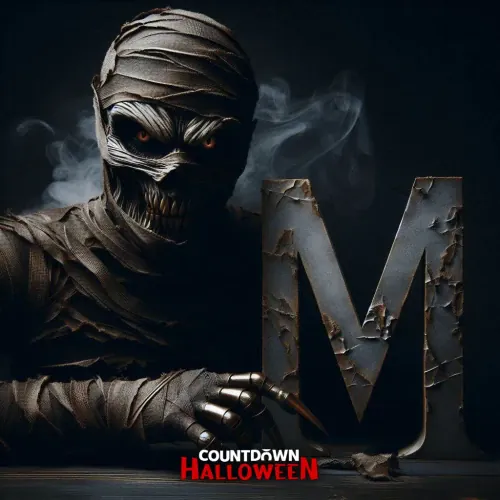
M - Mummy
A mummy is a deceased human or animal whose body has been preserved through deliberate embalming or natural processes. Mummies are often associated with ancient Egypt, where the practice of mummification was perfected, but mummies have been found in various cultures worldwide.
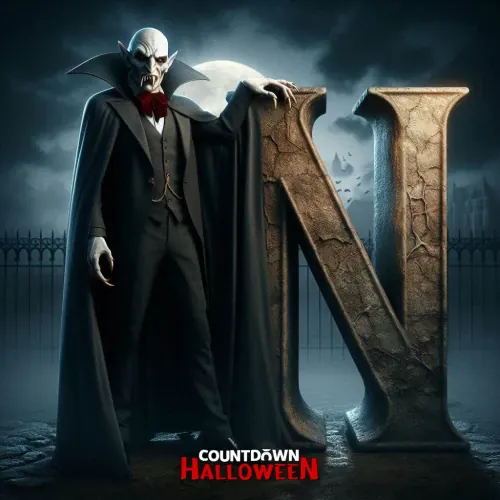
N - Nosferatu
Nosferatu is a term primarily associated with a specific vampire character from the 1922 silent film "Nosferatu: A Symphony of Horror," directed by F.W. Murnau. The film is an unauthorized adaptation of Bram Stoker's novel "Dracula," and the character of Nosferatu is based on Count Dracula himself.
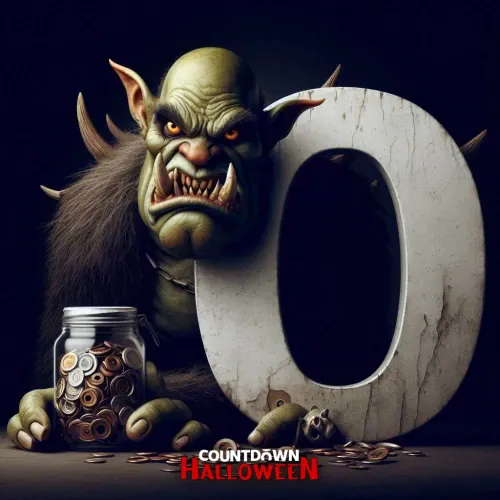
O - Ogre
An ogre is a mythical creature often depicted as a large, brutish humanoid monster, typically found in folklore and fairy tales across various cultures.

P - Phantom
A phantom is a spectral or ghostly apparition, often associated with haunting or supernatural occurrences. The term "phantom" can refer to various types of mysterious or ghost-like entities in folklore, literature, and popular culture.
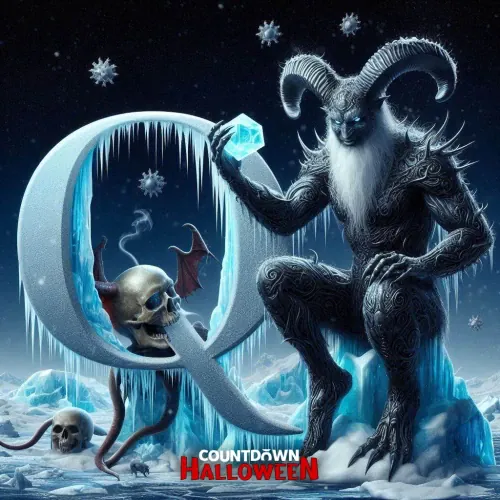
Q - Qallupilluit
Qallupilluit are believed to inhabit the icy waters of the Arctic Ocean, particularly around coastal areas where they interact with humans. They are often described as humanoid beings, resembling humans in some aspects but with distinctive features such as green skin, long hair, and long fingernails. Qallupilluit are said to be dangerous and malevolent towards humans, especially children. They are known for their ability to lure or capture unsuspecting victims, particularly those who come too close to the water's edge.
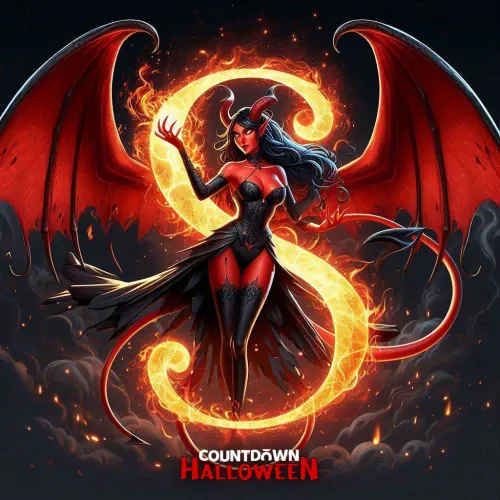
S - Succubus
A succubus is a supernatural entity or demoness in folklore and mythology, primarily originating from medieval European traditions. Succubi are typically depicted as female demons who seduce and engage in sexual activity with men, often in their dreams or during sleep.
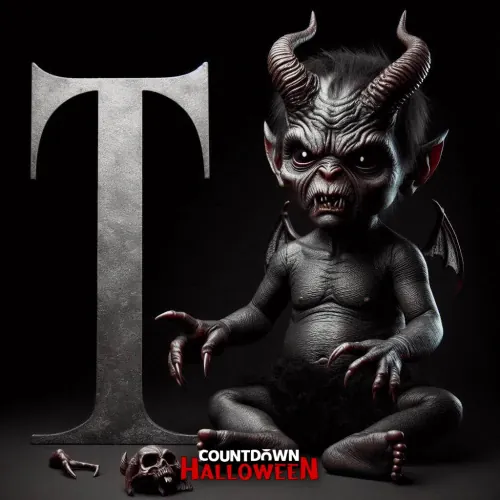
T - Tiyanak
A Tiyanak, according to Filipino folklore, is a malevolent spirit or creature that takes the form of a baby or toddler to deceive its victims. It appears as an abandoned or lost child in lonely places, such as forests or graveyards, to evoke sympathy or curiosity from passersby. However, once approached or picked up, the Tiyanak reveals its true nature by transforming into a monstrous being with sharp teeth and claws. It preys upon unsuspecting individuals, using its innocent appearance as a lure before attacking or causing harm. The Tiyanak is often associated with supernatural danger and serves as a cautionary tale against interacting with unknown entities in Filipino culture.
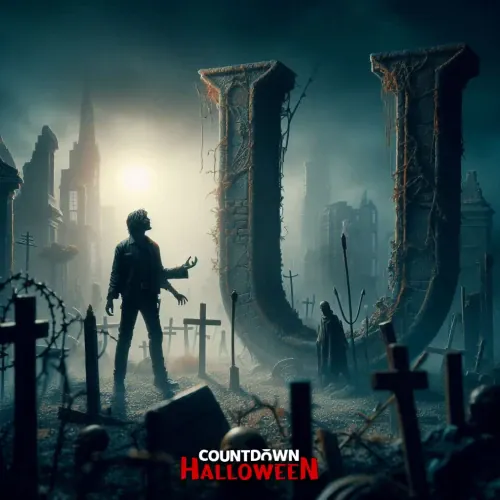
U - Undead
The term "undead" refers to creatures that are deceased but have been reanimated, often with supernatural or magical means, to continue existing in some form.
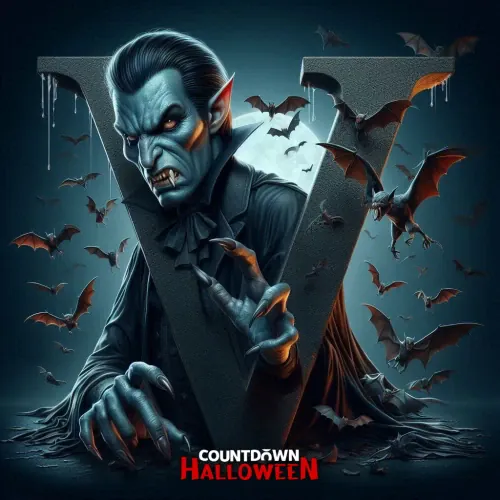
V - Vampire
A vampire is a supernatural creature found in folklore and fiction, typically depicted as an undead being that sustains itself by consuming the blood of the living.
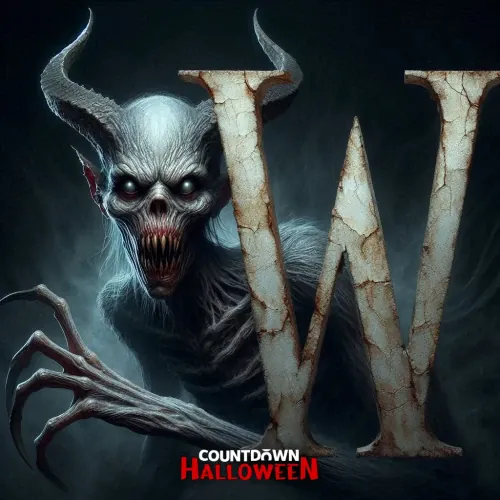
W - Wendigo
The Wendigo is a fearsome creature deeply ingrained in the folklore of Native American tribes, particularly those in northern regions like the Ojibwe and Cree. Often portrayed as a malevolent spirit or cursed being, it embodies the dangers of winter, famine, and cannibalism. Described as tall and emaciated with glowing eyes and sharp claws, the Wendigo's appearance reflects its insatiable hunger and supernatural strength. Legends warn that encountering a Wendigo or succumbing to its possession leads to acts of violence and cannibalism.
.webp)
X - Xenomorph
A Xenomorph is a terrifying extraterrestrial creature featured prominently in the "Alien" franchise, known for its biomechanical appearance, deadly instincts, and intricate life cycle. Beginning as a parasitic Facehugger that implants embryos into hosts, Xenomorphs mature into sleek, insect-like adults with elongated heads, acidic blood, and formidable hunting abilities. They are relentless predators capable of surviving in various environments, making them a formidable threat in space and on alien planets. The Xenomorph's iconic status in science fiction stems from its ability to embody primal fears of invasion, survival, and the unknown, resonating deeply in popular culture through films, literature, and other media adaptations.
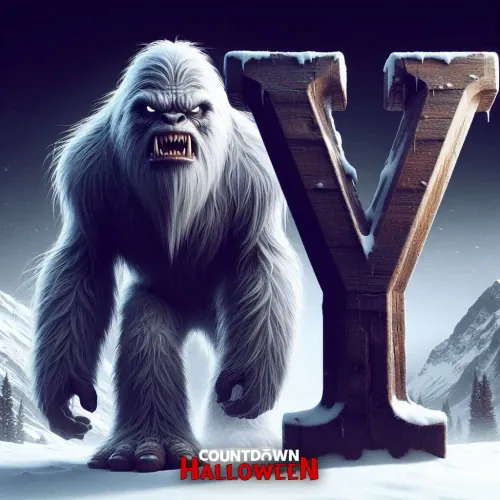
Y - Yeti
The Yeti, also known as the "Abominable Snowman," is a mythical creature of folklore and legend primarily associated with the Himalayan region of Asia. Described as a large, ape-like creature, the Yeti is said to inhabit remote mountainous areas, especially those covered in snow and ice. Reports and sightings often depict it as towering and covered in shaggy fur, adapted to survive in harsh, cold climates. The Yeti's existence remains unconfirmed by science, with evidence limited to anecdotal accounts, footprints, and occasional alleged sightings. Nevertheless, it has captured the imagination of people worldwide, symbolizing the mystery and unexplored wilderness of high-altitude regions.
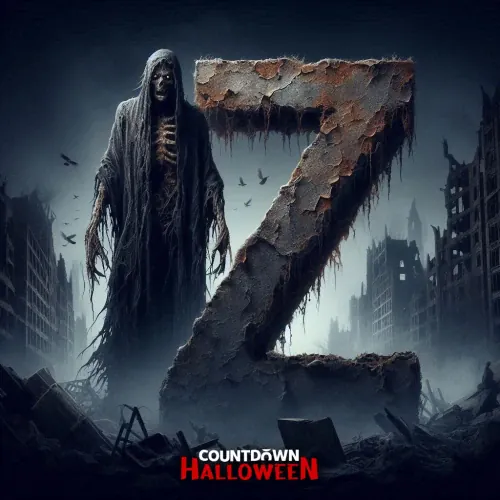
Z - Zombie
A zombie is a fictional creature typically depicted in horror genres as an undead, reanimated corpse. Zombies are characterized by their mindless behavior, insatiable hunger for human flesh, and lack of self-awareness or individuality. They are often portrayed as having deteriorated physical appearance, with rotting flesh, vacant eyes, and a slow, lumbering gait. The concept of zombies is rooted in Haitian folklore and voodoo traditions, where they were believed to be reanimated through magic or necromancy to serve as mindless laborers. In modern popular culture, zombies have become iconic figures in horror films, literature, video games, and television shows, representing themes of fear, survival, and the breakdown of society in the face of an apocalyptic scenario. The popularity of zombies reflects societal anxieties about death, disease, and the loss of control, while also providing a platform for exploring moral dilemmas and human resilience in the face of overwhelming odds.


